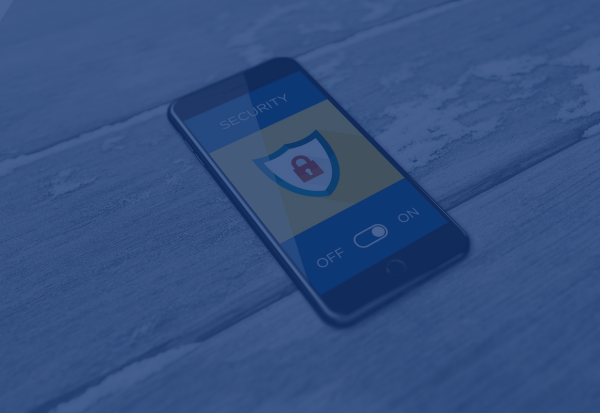Introduction:
In an increasingly connected world, cybersecurity has become a critical concern for individuals and organizations alike. Protecting your digital life from cyber threats and maintaining online privacy requires adopting effective cybersecurity best practices. In this blog post, we will explore essential steps and strategies to safeguard your digital presence and enhance your cybersecurity posture.
- Strong and Unique Password Creation:
Using a combination of upper and lowercase letters, numbers, and special characters Avoiding common or easily guessable passwords Using a password manager to securely store and manage your passwords
- Two-Factor Authentication (2FA):
Enabling 2FA for your online accounts whenever available Using authentication apps or hardware tokens for an extra layer of security Avoiding SMS-based 2FA, as it can be vulnerable to SIM swapping attacks
- Keeping Software and Operating Systems Up-to-Date:
Regularly installing updates and patches for your operating system, apps, and software Enabling automatic updates whenever possible Updating firmware for devices connected to your network
- Secure Web Browsing:
Being cautious of phishing attempts and avoiding clicking on suspicious links Verifying website security (HTTPS) before sharing sensitive information Using reputable browser extensions for ad-blocking and protection against malicious websites
- Safe Email Practices:
Being cautious of email attachments and links from unknown or untrusted sources Verifying email senders and avoiding responding to phishing emails Using email encryption tools for sensitive communications
- Secure Wi-Fi Usage:
Changing default Wi-Fi passwords and using strong, unique passwords Enabling network encryption (WPA2 or WPA3) for your wireless network Disabling remote management and guest network features when not needed
- Data Backup and Recovery:
Regularly backing up important files and data to an external storage device or cloud service Testing data restoration processes to ensure backups are reliable Considering offsite or encrypted backup options for added security
- Regular System Scans and Antivirus Software:
Installing reputable antivirus and anti-malware software on your devices Performing regular system scans to detect and remove any potential threats Keeping your antivirus software and malware definitions up to date
- Social Media Privacy and Security Settings:
Reviewing and adjusting privacy settings to control the visibility of your personal information Being cautious about the information you share publicly on social media platforms Avoiding accepting friend or connection requests from unknown individuals
- Protection Against Malware:
Avoiding downloading software or files from untrusted sources Using reputable app stores for downloading mobile apps Scanning files and attachments with antivirus software before opening them
- Privacy Protection:
Being mindful of the information you share online, including on social media platforms Regularly reviewing privacy settings for online accounts and adjusting them as needed Limiting the personal information you provide on websites and apps to minimize data exposure
- Secure Online Shopping and Financial Transactions:
Shopping from reputable and secure websites Verifying the legitimacy of online merchants and ensuring they have secure payment gateways Using secure payment methods, such as credit cards with fraud protection or digital wallets
- Encryption:
Using encryption tools and services for secure communication and file storage Encrypting sensitive files and folders on your devices Implementing full-disk encryption for added protection
- Education and Awareness:
Staying informed about the latest cyber threats and emerging security practices Participating in cybersecurity awareness programs and training Sharing knowledge and educating family and friends about cybersecurity best practices
- Incident Response:
Having a plan in place for responding to cybersecurity incidents, such as data breaches or identity theft Knowing the steps to take if you suspect you’ve been a victim of cybercrime Reporting incidents to the appropriate authorities and seeking professional assistance if needed By implementing these detailed cybersecurity best practices, you can significantly enhance your digital security, protect your personal information, and enjoy a safer online experience.






